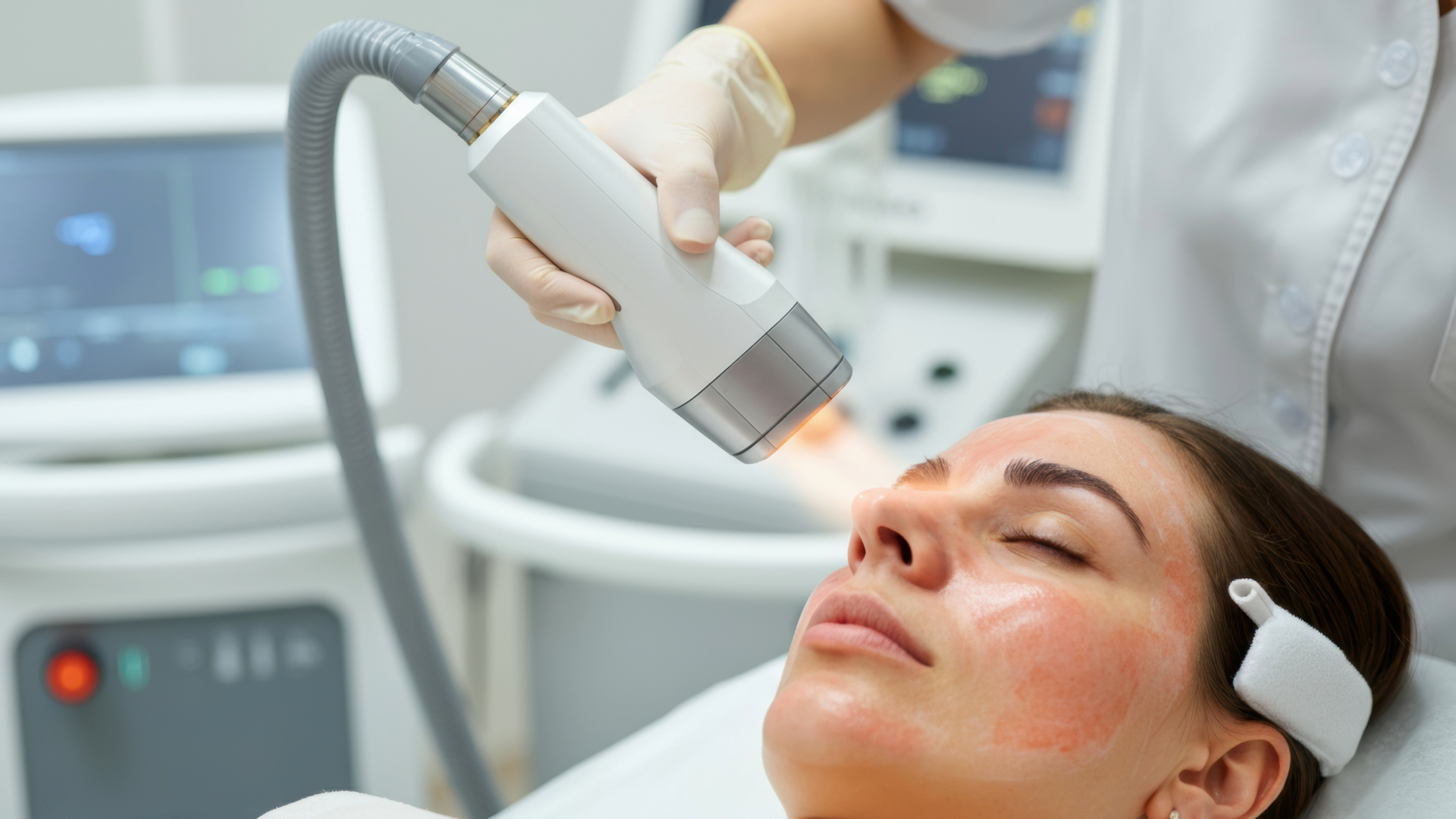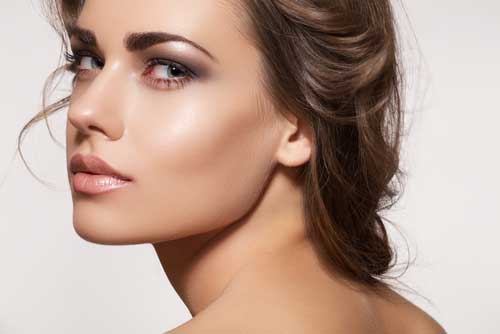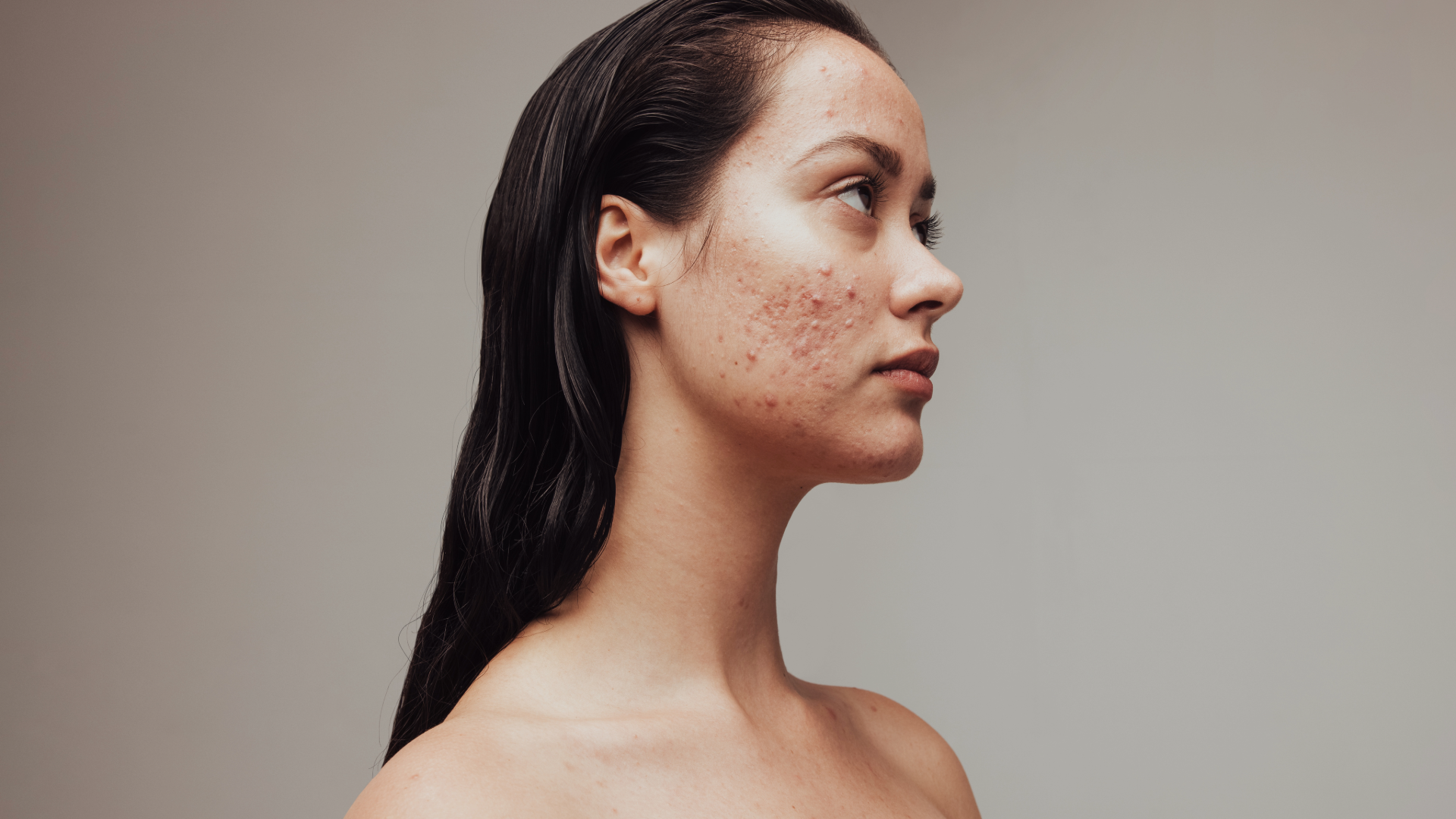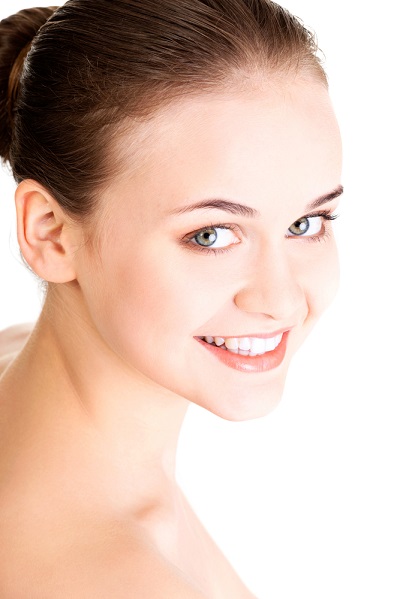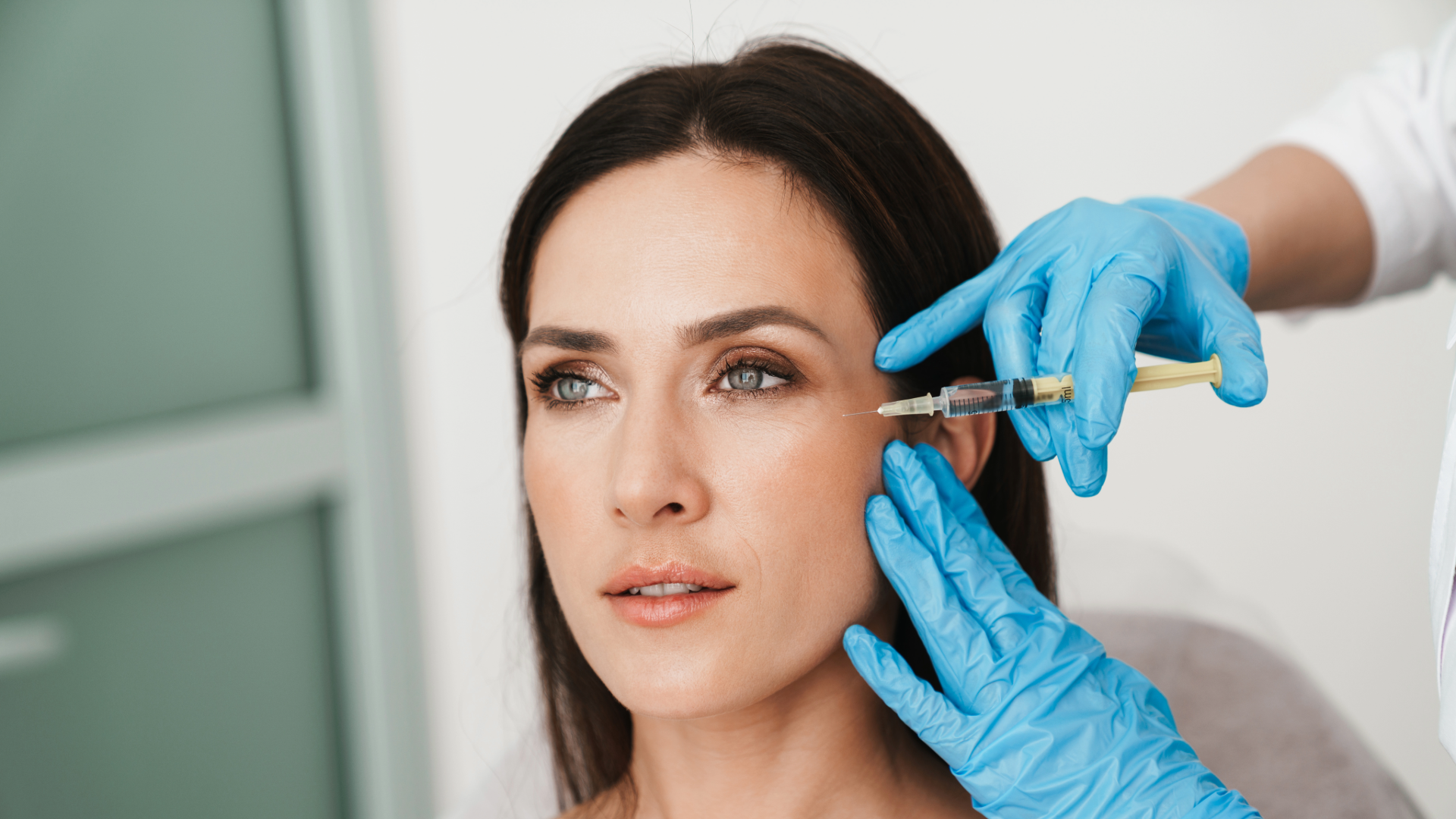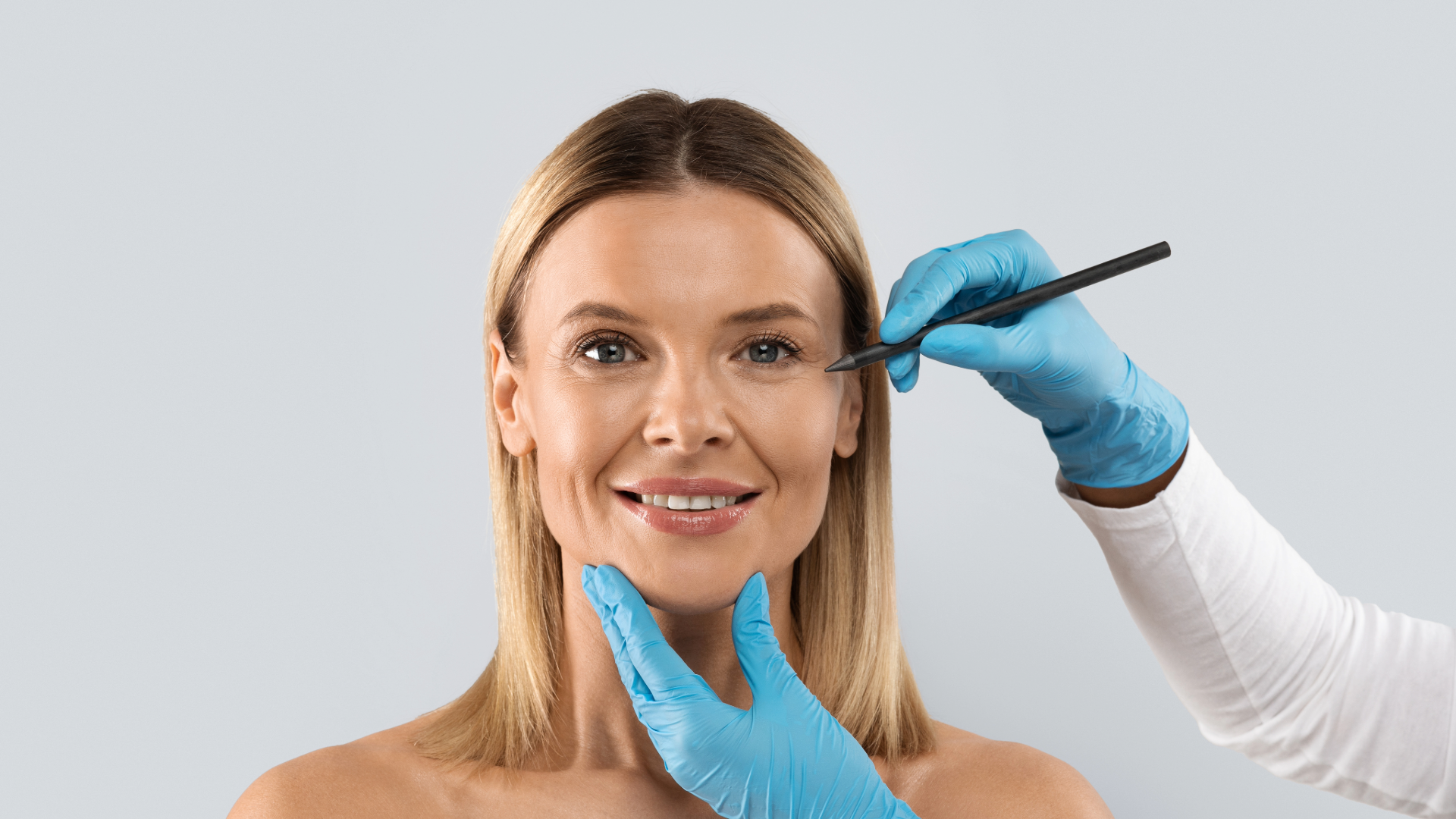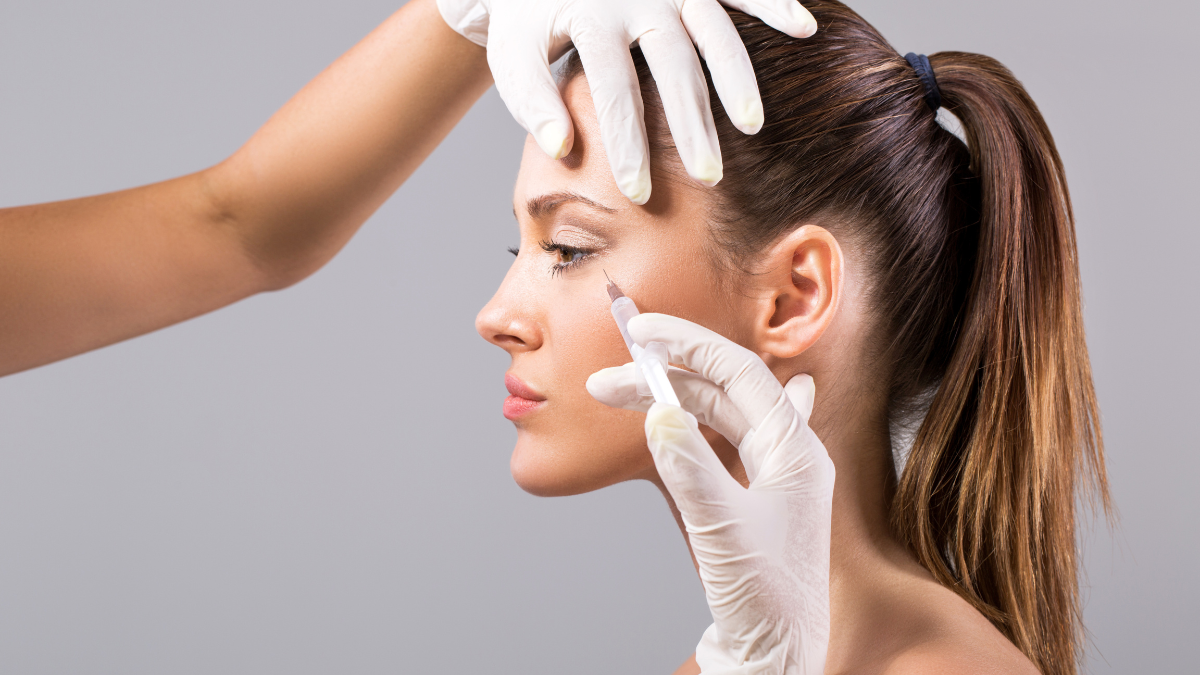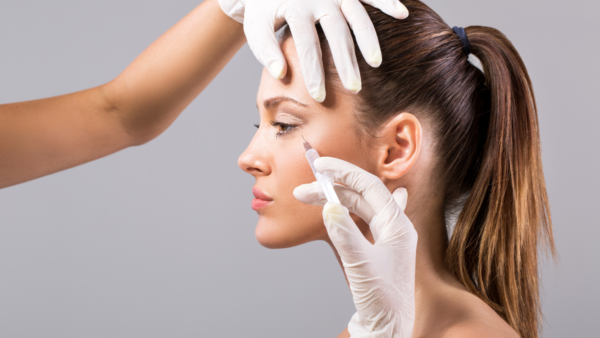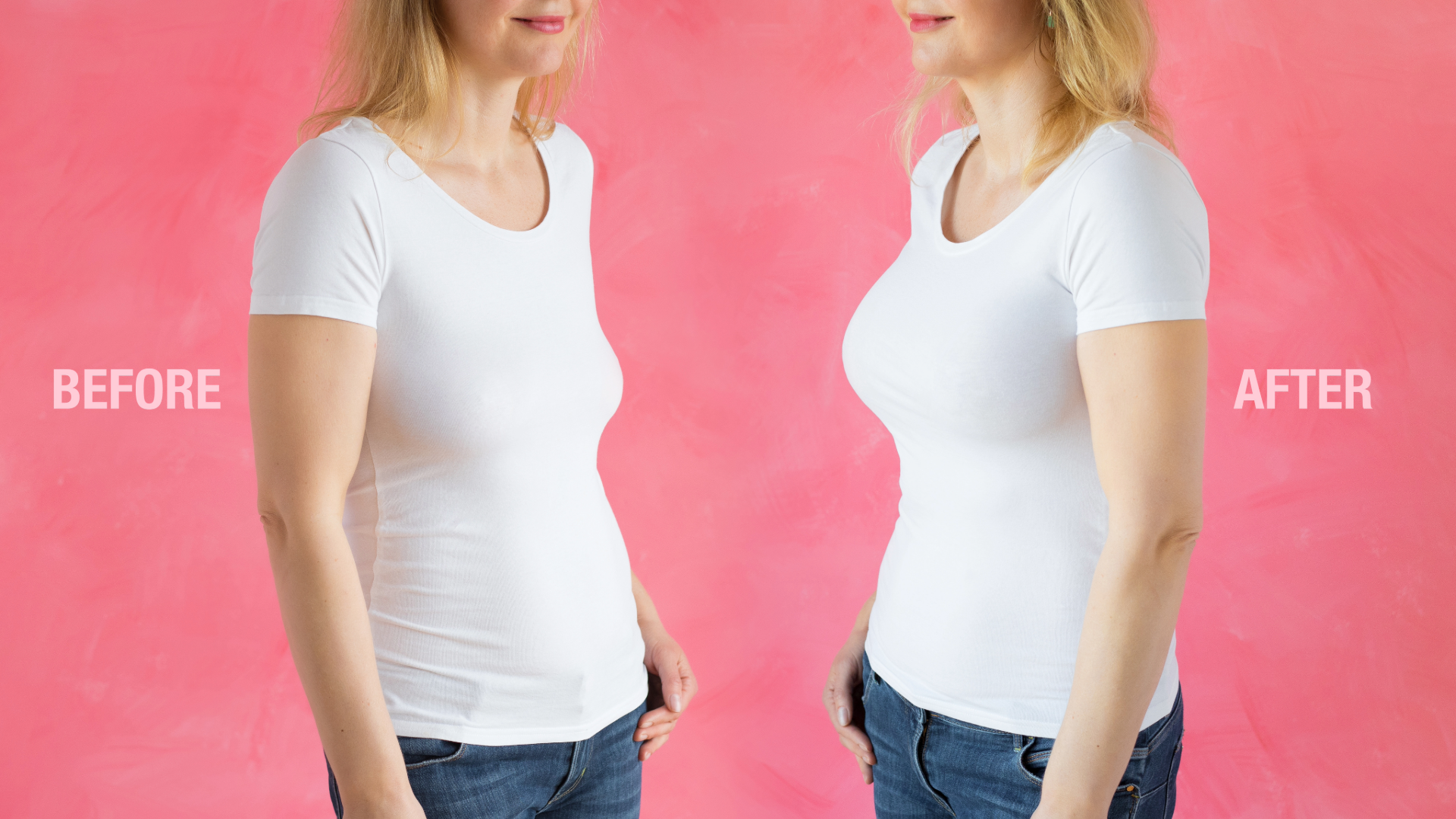Many of us want to have clear, radiant skin and take steps to achieve this. Whether it’s following a quality skincare regime, ensuring you eat healthily or protecting your skin from harmful UV rays, there’s lots we can do to take care of our complexion.
However sometimes, despite our best efforts, this is not enough to tackle skin problems like fine lines, blocked pores, pigmentation or broken veins. Laser treatments are used widely throughout skincare, and can often be a great complement to your current skincare routine. But it can be difficult to decide which one will be able to target your skincare problems effectively. We compare three laser treatments to help you find the right one for you.
Clear+Brilliant Laser
What is Clear+Brilliant? A gentle laser treatment from Solta Medical which is designed to treat a number of skin issues such as: superficial acne scars, large open pores, blackheads, blocked pores, uneven skin tone, fine lines, rough skin texture, superficial age spots, sun spots and pigmentation.
Is it for me? If you have never had a skin treatment before, but feel your skincare routine is not tackling your problems effectively enough, then Clear + Brilliant is a great place to start. It’s a comfortable treatment, as a topical anaesthetic is applied beforehand, and the actual procedure usually takes around 20 minutes. It’s suitable for patients of any age, but particularly patients who have just begun to notice the first signs of ageing. If you want to know what to expect from a Clear + Brilliant treatment then watch our video here.
Is there any downtime required? Post treatment you may notice some redness, which will fade within one to three hours, and your skin may feel dry and rough over the next few days as your skin heals. But one week after treatment you will begin to notice smoother, softer skin and smaller pore size.
How many treatments will I need? A course of treatments is recommended to achieve optimal results. The number of treatments you will need will depend on the condition of your skin, but it is usually between 4 and 6 treatments.
Fraxel
What is Fraxel? A slightly more aggressive laser treatment, compared to Clear + Brilliant, which can improve the appearance of damaged skin and treat visible signs of ageing. It can be used to treat fine lines and wrinkle on the face, neck, brow or cleavage, crow’s feet, uneven skin tone, large, open pores, surface or acne scarring, sun spots, age spots, pigmentation, sun damage and actinic keratosis.
How does treatment work? The fraxel laser penetrates the top layer of skin and the light energy stimulates the production of collagen and resurfaces the top layer of skin. As new collagen grows, it renews the skin by plumping up pockets caused by wrinkles and scarring. Fraxel removes damaged cells and allows them to replaced with new, healthier ones so skin is visibly brighter and smoother.
How many treatments will I need? A course of treatments if usually recommended as this will allow you to achieve the best results. The exact number of treatments varies for each patient, but your aesthetic practitioner will create a bespoke treatment plan which will effectively target your skin problems. As Fraxel works with your body’s natural skin cells, results typically take 1 to 3 weeks to take effect, and patients see the best results between 1 and 5 treatments.
Is it for me? If you’re looking for a treatment which is slightly stronger, but still require no downtime then Fraxel could be for you. It’s a simple treatment which will give you visible results without discomfort. Patients report the feeling of a ‘light sunburn’ immediately after treatment, but treatment plans vary so ask your practitioner for more information. If you’re considering Fraxel then you must be aware that tanning of any kind is not allowing during treatment, and for three months after.
Laser Treatment
What is it? The Cynosure laser is able to treat and improve the appearance of pigmented lesions, vascular lesions and facial and leg broken veins.
How does it work? Lasers allow for the quick treatment of vascular legions, without damaging the surrounding tissue. Light is absorbed by the blood , destroying the vessel and overtime that vessel disappears, allowing the skin to return to it’s natural appearance.
Is it for me? People seek treatment for vascular legions for all sorts of reasons, medical and cosmetic. If you have pigmented lesions, or broken veins whihc make you feel self-conscious then treatment with a Cynosure laser may be able to improve the appearance of your skin. The exact length of the treatment varies depending on the size of the area being treated, but most treatments are less than an hour and there is no downtime afterwards. If you think Laser Treatment could be for you then you must be aware that you will need to cover the treated area from the sun for two weeks before and after treatment, and you should wear a minimum of SPF30.
How many treatments will I need? Again a course of treatments is usually recommended to achieve the optimal results. The exact number you need will depend on the condition of your skin, and what you are hoping to treat. You aesthetic practitioner will be able to create a treatment plan to ensure the best results.

